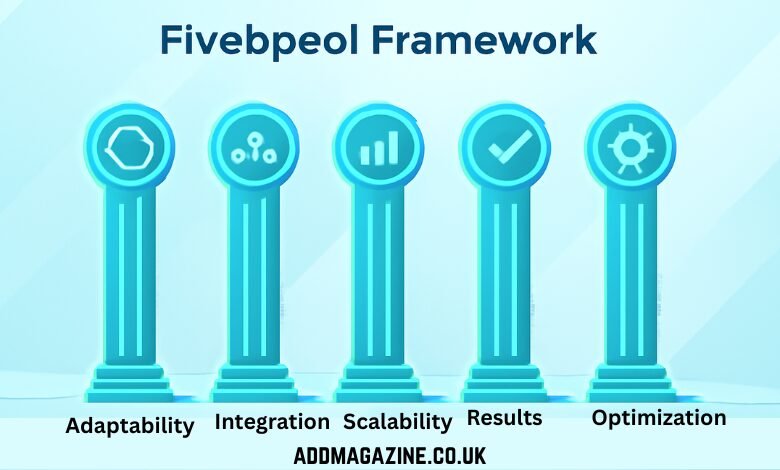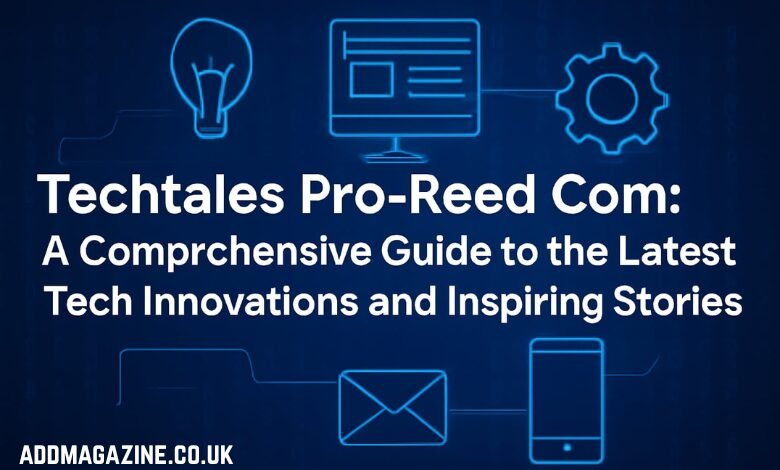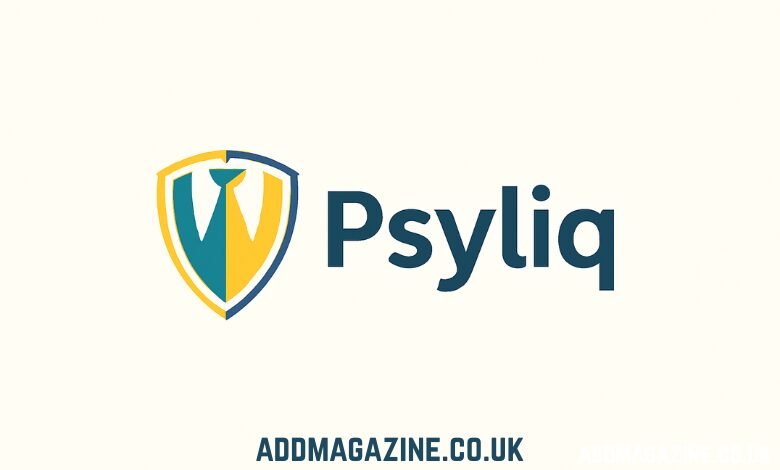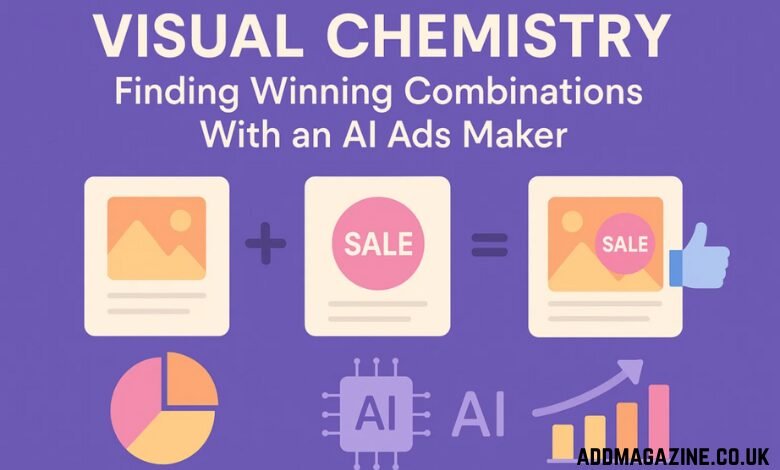Fivebpeol is a modern framework that has started gaining attention in 2025 as organizations and individuals search for smarter ways to connect processes, technology, and people. At its core, Fivebpeol stands for Five Basic Pillars of Efficiency and Optimization in Life. It is not just a tool but a structured mindset that combines adaptability, integration, scalability, measurable results, and continuous optimization.
The purpose of Fivebpeol is simple: to bring clarity, structure, and efficiency in a world where complexity has become the biggest barrier to progress. It offers a flexible way to align goals, streamline work, and ensure that outcomes are practical rather than theoretical.
Origins & Evolution — Where It Came From and Why It Emerged
The concept of Fivebpeol first appeared in early discussions among digital strategists and system architects in the late 2010s. At that time, companies were overwhelmed with overlapping tools, unstructured data, and fragmented workflows. Traditional models like Lean, Agile, and Six Sigma offered improvements but lacked the flexibility to adapt across industries and personal life.
By 2025, the need for a unifying approach had grown urgent. Remote work, automation, and rapid digital transformation created gaps that older frameworks could not fill. Fivebpeol emerged as a response—designed to simplify complexity while keeping adaptability at its center. Its “five pillars” became the blueprint to combine structured discipline with real-world flexibility, making it attractive for both organizations and individuals.
Core Principles of Fivebpeol
At the heart of Fivebpeol are five guiding principles:
- Adaptability
The framework can shift depending on the environment. It works equally well in small startups or multinational corporations. - Integration
Instead of replacing existing systems, Fivebpeol connects them, ensuring that tools, processes, and people operate in sync. - Scalability
Designed to expand as needs grow. Whether applied to a two-person project or an enterprise, it scales without losing efficiency. - Results-Driven
Every action under Fivebpeol is tied to measurable outcomes. Progress is judged not by effort but by tangible results. - Optimization
Continuous improvement is built into the process. Nothing is ever static; everything can be improved, fine-tuned, or restructured.
Applications by Sector
1. Business
Companies use Fivebpeol to streamline workflows, reduce waste, and improve customer satisfaction. For example, a retail business might integrate its online and offline operations under one structured plan, reducing duplication of effort.
2. Technology
In IT and software development, Fivebpeol helps coordinate project management, testing, and deployment. It emphasizes results over paperwork, ensuring faster releases with fewer errors.
3. Education
Educators apply Fivebpeol to lesson planning, student progress tracking, and resource management. It brings clarity in managing large groups and complex curriculums.
4. Personal Productivity
Individuals use Fivebpeol for time management, personal projects, and habit tracking. By aligning everyday tasks with measurable results, it helps in achieving goals consistently.
Benefits & Strengths
- Efficiency: Cuts down repetitive work and streamlines systems.
- Flexibility: Works across industries and personal life without major adjustments.
- Universal Relevance: From startups to schools to individuals, it fits diverse contexts.
- Consistency: Provides a structured yet customizable approach.
- Clarity: Focuses on outcomes, reducing confusion and wasted effort.
Challenges & Pitfalls
Despite its strengths, Fivebpeol is not without challenges:
- Cost: Initial implementation may require training, resources, or software.
- Complexity: Over-integration of tools may make systems heavier instead of simpler.
- Resistance: People and organizations comfortable with old methods may resist adoption.
- Maintenance: Continuous optimization requires regular effort, which some teams may neglect.
How to Begin with Fivebpeol
- Start Small: Begin with a pilot project—perhaps one department or one personal goal.
- Prioritize Key Areas: Choose where efficiency will make the biggest impact.
- Phase Implementation: Roll out step by step instead of all at once.
- Track Results: Set clear, measurable outcomes to monitor progress.
- Refine Continuously: Treat it as an ongoing journey, not a one-time setup.
Fivebpeol vs Alternatives
Agile
Agile focuses heavily on software and iterative development, whereas Fivebpeol is broader—applicable to business, education, and life.
Lean
Lean emphasizes waste reduction, but it lacks the adaptability Fivebpeol provides across different industries.
Six Sigma
Six Sigma is data-heavy and often slow to implement. Fivebpeol balances measurable results with agility.
Why Choose Fivebpeol?
Because it blends the best of existing systems into a universal framework that is simple, scalable, and adaptable.
Why Choose Alternatives?
If an organization already thrives under Agile or Six Sigma and doesn’t need cross-industry adaptability, sticking with existing models may be simpler.
Optimization Strategies for Fivebpeol
- Automate Repetitive Tasks: Use software tools for recurring activities.
- Set Short Review Cycles: Assess outcomes frequently instead of waiting months.
- Integrate AI: Allow AI to forecast bottlenecks and recommend improvements.
- Balance Structure & Freedom: Avoid over-regulation; allow creativity within boundaries.
- Train People, Not Just Systems: The framework only succeeds when people embrace it.
Future Outlook
By 2030, Fivebpeol is expected to merge with AI, automation, and predictive analytics. This will allow organizations and individuals to anticipate challenges before they appear and optimize systems in real time. Its adaptability makes it well-suited for integration with next-generation technologies like smart assistants, IoT, and decentralized data management.
Case Illustrations
- Business Example:
A logistics company used Fivebpeol to integrate warehouse operations, driver schedules, and customer support. Within six months, delivery errors dropped by 30%. - Education Example:
A university adopted Fivebpeol for digital learning management. The integration of class schedules, assessments, and resources improved student completion rates by 15%. - Personal Example:
An individual applied Fivebpeol to fitness goals. By tracking diet, exercise, and rest as measurable results, progress became consistent without burnout.
Conclusion
Fivebpeol is not just another buzzword—it is a practical framework built for 2025 and beyond. Its origins lie in the dissatisfaction with rigid systems, and its growth reflects the modern demand for adaptability, integration, and measurable outcomes.
By focusing on five pillars—adaptability, integration, scalability, results, and optimization—Fivebpeol has positioned itself as a versatile solution across industries and personal life. While challenges exist, its potential benefits outweigh them, making it a powerful alternative or complement to traditional methods like Agile, Lean, or Six Sigma.
In a fast-changing world, the biggest strength of Fivebpeol is its ability to evolve. For anyone looking to bring order to complexity while keeping flexibility intact, Fivebpeol offers a roadmap worth following.




